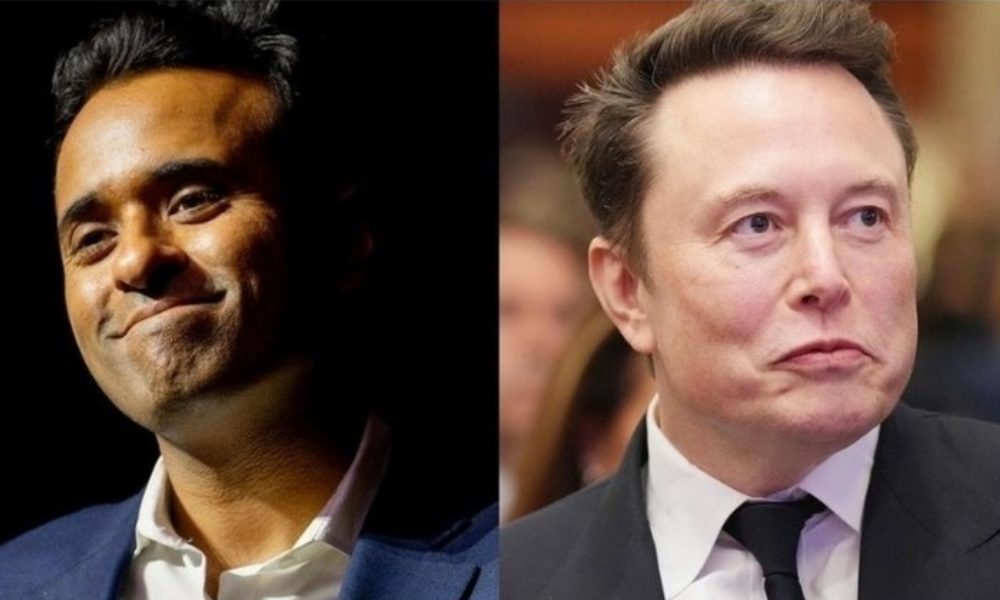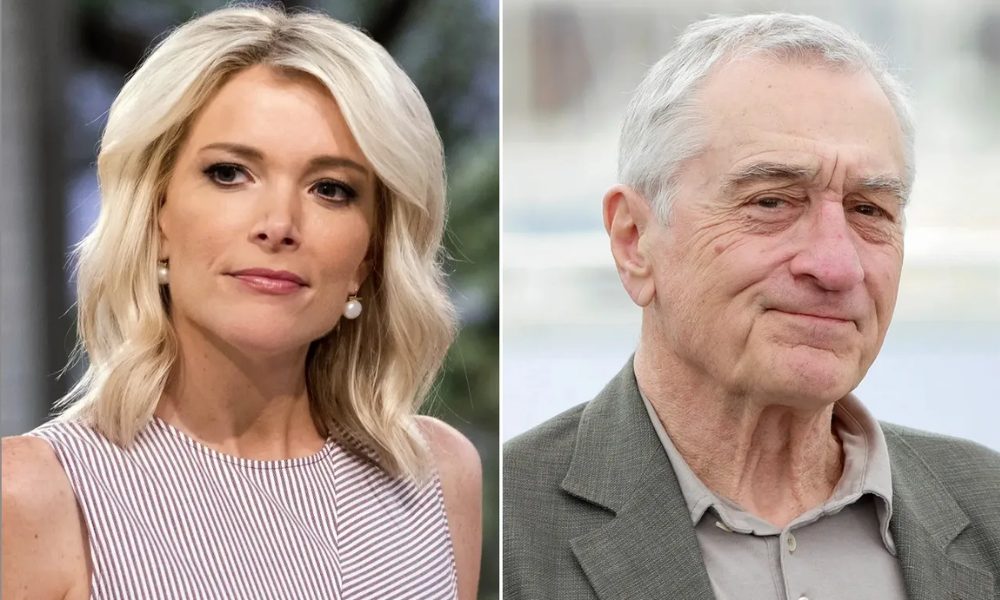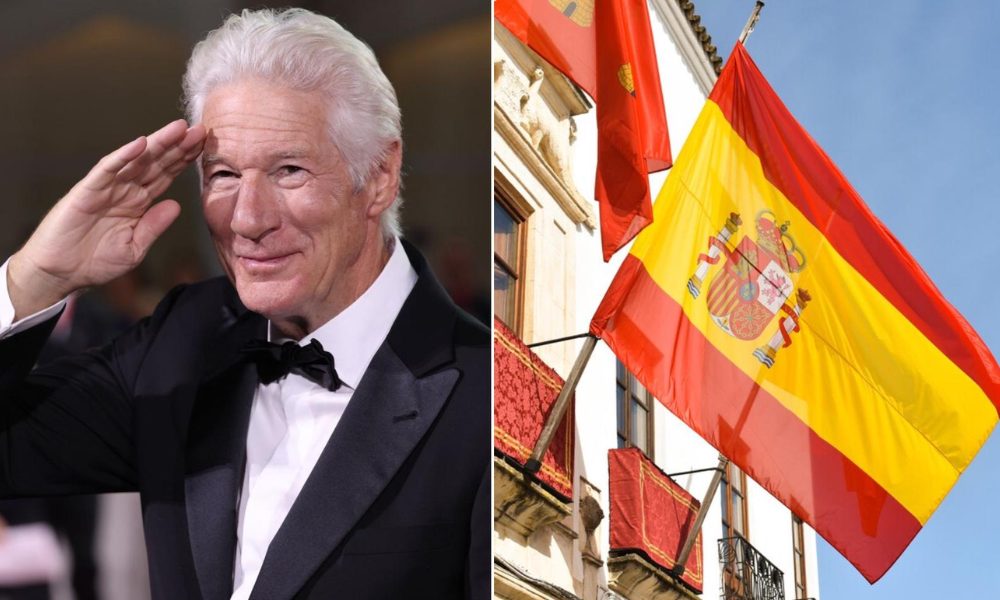Nicknamed after his father, who would later come to be known as “Big Tiny,” Archibald was far from the biggest NBA player. He was listed at 6-foot-1 (some would say he was 5-foot-10, 5-foot-11 tops) and 150 pounds. He was a second-round pick in the 1970 NBA Draft — a class that included Bob Lanier, Rudy Tomjanovich, Pete Maravich, Dave Cowens and Calvin Murphy, all of whom were selected ahead of him. But before the likes of Allen Iverson and Kyrie Irving showed that a smaller point guard could dominate the league, Archibald was one of the NBA’s first and finest to score one for the little guy.
His efforts ultimately earned him a spot in the Naismith Memorial Basketball Hall of Fame. Archibald lands at No. 67 on The Athletic’s Top 75.
Archibald’s storied basketball career started in New York City on the city’s famous playgrounds. Coming out of the Bronx in the 1960s, Archibald displayed s𝓀𝒾𝓁𝓁s molded by taking on other streetballers in many of New York’s famous parks, including Rucker Park, where he developed a knack to score and facilitate.
“What I remember him always talking about was the New York playground legends,” said Cedric Maxwell, Archibald’s teammate with the Boston Celtics from 1978 to ’83. “Guys that he played with and he always talked about — Joe Hammond ‘The Destroyer’, Pee Wee Kirkland — all those guys out of the city that played down in the Rucker. I kind of lived vicariously through him when it came to New York, because he’d always tell me stories about different places that he’d go to in the summer. In my mind, he took me down 42nd Street so many times, and I had never really been there.”
After coming out of DeWitt Clinton High in the Bronx in 1966, Archibald made the next stop in his basketball journey in a place way different than New York City: Arizona Western, a junior college in Yuma, a stone’s throw from the U.S.-Mexico border. Early academic trouble at DeWitt — where he thought of dropping out before he captained the school to a Public School Athletic League title in his senior year — caused four-year colleges to shy away from him. Arizona Western was his basketball oasis for a season, before he wound up at the University of Texas at El Paso — the same year the school changed its name from Texas Western and two seasons after the Miners’ historic NCAA championship.
Archibald’s struggles in school would later become a chapter in the heartwarming story of his academic growth and basketball career, as he returned to UTEP after retiring to get his bachelor’s degree (he only played three college seasons) and joined the Miners’ coaching staff while there. Archibald has spent a lot of time in his post-playing career focused on education. He taught in the New York City public school system and earned a master’s degree from Fordham.
“I enjoyed my college career,” Archibald said in a 1987 interview. “I didn’t get to score as much as most guys but I thought that Coach (Don) Haskins taught me a lot about the game.”
But how did Archibald get to play for the legendary Haskins at UTEP? It seems that Haskins had difficulty persuading big men to come to west Texas. So, he turned to Tiny.
“His progress as a player was remarkable,” Haskins told the El Paso Times in 1985. “He was real quiet, real shy. And he never shot much. He’d always rather give it off.”
Archibald’s college Basketball-Reference page doesn’t show how many assists he gave off, but it shows that he averaged 20.0 points and 3.0 rebounds per game in his three seasons with the Miners. Archibald score 37 points against Utah State in a loss in his only appearance in an NCAA tournament game, but those modest career numbers at UTEP in no way foretold the historic statistical anomaly Archibald would soon achieve in the NBA.
“We didn’t have any height,” Archibald said to the El Paso Times, “We didn’t have any great players, but we had good players. And Coach Haskins made our good players better players. You know, it seems everybody Coach Haskins has had was too small, too skinny, too something.
“But he made them into something. Guys got drafted, played in the NBA, got good jobs.”
Archibald was one of those guys drafted. Taken with the second pick in the second round (one selection behind another small Hall of Fame guard, Calvin Murphy), Archibald joined a Cincinnati Royals franchise in flux. All-NBA big man Jerry Lucas had been sent west to the Warriors after the 1970 season. When a rift developed between Royals head coach Bob Cousy, the NBA’s first great point guard, and Oscar Robertson, the NBA’s next great point guard and the franchise’s greatest player, the Royals shipped the Big O to the Milwaukee Bucks a little less than one month after drafting Archibald.
Teaming with backcourt mate Norm Van Lier, who led the NBA with 10.1 assists per game, Archibald averaged a respectable 16.0 points and 5.5 assists per game in his rookie season, showing flashes of the speed and shiftiness he honed against the competition in college and back home in New York City.
”The court was about 45 or 50 feet,” Archibald told The New York Times about his games at Public School 18 on Morris Avenue in the Bronx. ”Our game was one of survival, usually half-court shootouts. It was different for me. I made my reputation by driving to the basket. I didn’t have the luxury of shooting jump shots.”
While most guards his size lived on the perimeter, Tiny had a fearlessness that enabled him to weave his way to the hoop and that would soon set him apart, and help him set records.
 Using a screen from Mike Ratliff, Archibald works his way toward the hoop. Despite his diminutive stature, Archibald built his game to go inside. (NBAE Photos / NBAE via Getty Images)
Using a screen from Mike Ratliff, Archibald works his way toward the hoop. Despite his diminutive stature, Archibald built his game to go inside. (NBAE Photos / NBAE via Getty Images)
In Archibald’s second season, Van Lier was traded back to the Chicago Bulls after 10 games (another trade Royals fans didn’t like) and the Royals belonged to Tiny. Archibald put up 28.2 points per game, second in the NBA behind Kareem Abdul-Jabbar, and 9.2 assists per game, good for third in the league.
Tiny’s star was on the rise.
But soon his franchise would be on the move. In March 1972, after 15 seasons in Southwestern Ohio, the Royals announced plans to move west to Kansas City, Mo. But the Kansas City Municipal Auditorium only had 21 open dates for the next season. So, the Royals had to find an additional home, and they found one in Nebraska, and the Kansas City-Omaha Kings were 𝐛𝐨𝐫𝐧.
No one was thrilled about any of it. The players expressed disdain playing a lot of games away from the greater Cincinnati area, where many called home.
“How can you be happy playing 61 games on the road?” forward and team captain Tom Van Arsdale told the Cincinnati Enquirer.
You had the agents, one of whom immediately began looking for an ABA team to move to Cincinnati. You also had National Basketball Players Association lawyer Larry Fleisher, who said there was a possibility that the players could “refuse to play next season” because of the multicity setup, a situation rejected the previous season when the Golden State Warriors wanted to play half their games in Oakland and half in San Diego.
And then you had the Royals fans — or what was left of them anyway. Demoralized by trades of the team’s best players and five consecutive seasons out of the postseason, Cincinnatians stayed away from the team in droves. Though, some were happy to see them leave.
“They were a very unsuccessful sports venture,” Jack Randall told the Enquirer, “and Cincinnati needs to be associated with successful ventures like the Bengals.”
The Royals weren’t heading west empty-handed, This second-year guard, once denied entrance to Madison Square Garden because a security guard didn’t believe he was an NBA player, didn’t make the All-Star Game, but was named Second Team All-NBA behind established guards Jerry West and Walt Frazier.
And for a franchise that wasn’t able to call one city home, the left-handed Archibald was about to have a legendary season, one in which he would lead the NBA in points and assists. A season that had never happened before — or since.
During the 1972-73 season, Archibald put up these historic numbers:
- Averaged 34.0 points per game, leading the league and a record for guards at the time
- Averaged 11.38 assists per game, leading the league and just behind the Big O’s record of 11.48 per game
- Set an NBA record for assists in a season with 910
- Scored 40 or more points 18 times, most ever for a guard
- Scored 50 or more points three times, also most for a guard
- Had 14 consecutive games of 10-plus assists, a league record
- Had three 20-plus assist games
- Scored 30.8 percent of the team’s 8,822 points
- Dished 42.9 percent of the team’s 2,118 assists
- Led the league with 46.0 minutes per game
The Kings, who floundered financially in their final few years in Cincy, found greener pastures, drawing approximately 262,000 fans in KC and Omaha combined. The novelty of having an NBA team was part of the reason. Archibald, whom the Kansas City Star dubbed “The Franchise,” and his brilliant play, was the other. Tiny was named an All-Star for the first time in his career, All-NBA First Team and finished third in MVP voting behind Boston’s Dave Cowens and Abdul-Jabbar. Yet, despite Archibald’s heroics, the Kings couldn’t break through to the postseason, finishing last in the Midwest Division with a 36-46 record.
Archibald would taste postseason success for the first time in the 1974-75 season, but the Kings were bounced in the Western semis by the Bulls. He was traded to the New York Nets prior to the 1976-77 season but played only 34 games because of a foot injury. He was traded to the Buffalo Braves the following season and tore his Achilles tendon before ever playing a game for them.
The following year, Archibald was traded again, this time to Boston, where he rejuvenated his career. He actually showed up to the Celtics overweight and worked to get himself back into shape after his injury. While Archibald’s speed took a slight hit, Maxwell said Archibald’s basketball mind got to be more on display as a result.
“What really got me was his work ethic to lose weight,” Maxwell said. “Every day, he’d come in there in pretty much a fat suit and just run and run and run and wouldn’t stop, and it just showed me that, damn, this dude is serious about getting back in shape and getting back to where he was.
“Now after that, he was crafty, but I think more than anything about Nate was he was smart. He played a mental game, like the guys who were guarding him, they were all playing checkers, and he was playing damn chess.”
With the Celtics, Archibald was more of a role player than the star he was before the injuries. Over the years, Boston’s Red Auerbach accumulated the talent that would become the foundation of the Larry Bird era, as the young star out of Indiana State joined Archibald in his second year in Boston, and the two would win a title in Archibald’s third.
 Archibald finally reached the basketball mountaintop when he won a title with the Boston Celtics in 1981. (Dick Raphael / NBAE via Getty Images)
Archibald finally reached the basketball mountaintop when he won a title with the Boston Celtics in 1981. (Dick Raphael / NBAE via Getty Images)
“(The Celtics were) like an old western — ‘The Good, The Bad and the Ugly,’” Archibald said in 2016. “Before Larry, before Kevin (McHale) and Robert (Parish), the team was the ugly. They say, ‘So what was the good and the bad?’ There was no good, no bad. With them, it was great. It was great because I didn’t have to do a whole lot of scoring. All I needed to do was manage the game, put the ball in the right people’s hands. I wished I had 10 basketballs so I could feed everyone. It was just great.”
During the Celtics’ championship season in 1981, Maxwell recalled a game against the Sixers in which Archibald was being guarded by Maurice Cheeks and got a shot off him and immediately realized it was a miss. Archibald instinctively chased the shot, beat the bigs to the rim and put his own shot back, long before players regularly used the backboard to their advantage. Maxwell said it showed Archibald’s basketball savvy and how a commonplace part of the game started off instinctive.
In 1981, Archibald averaged 13.8 points and 7.7 assists per game while shooting nearly 50 percent from the field. Maxwell said he’d describe Archibald as a “quiet storm,” because the New York City native was reserved and laid back but could quickly lock in and dominate a game.
While Archibald physical gifts weren’t what they used to be from the injuries, he was still capable of getting to the basket despite the shots he’d take when the game was more physical. As other point guards have gone on to do more with less in terms of size, Maxwell said Archibald’s ability to relentlessly get to the basket can still be seen today among the game’s small guards, from Irving to Ja Morant.
“Always attacking the rim, getting back up,” Maxwell recalled. “Mind you that was a more physical time when Nate played. Guys would intentionally take you out in the air and tell you not to come back. But he continued to do that, and I think if you look at the Iversons now, the Kyrie Irvings of the world now, guys get toward the hole and get into contact going down.
“That was Nate Archibald, and that’s what lives on today.”






